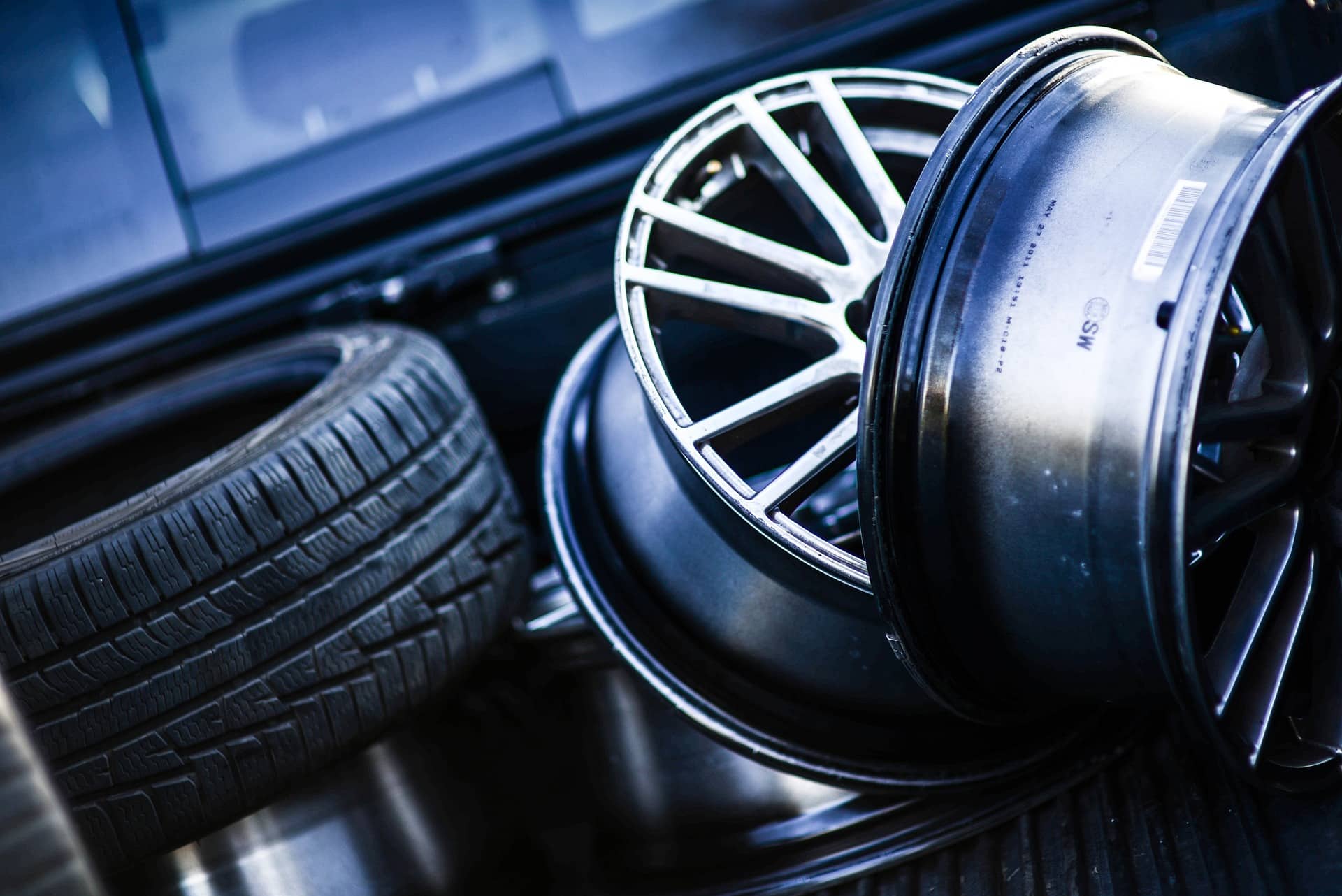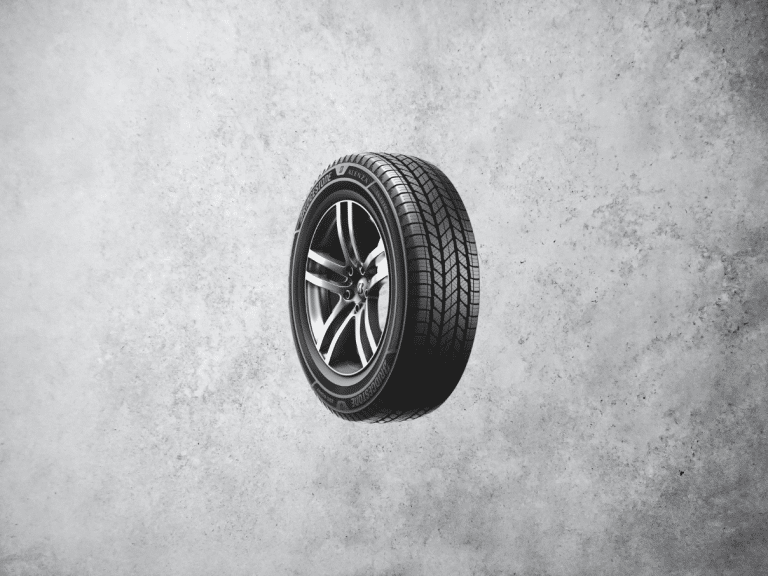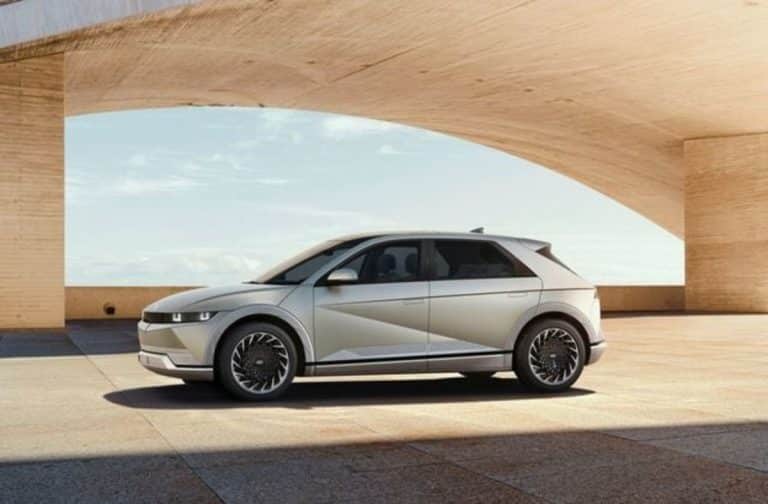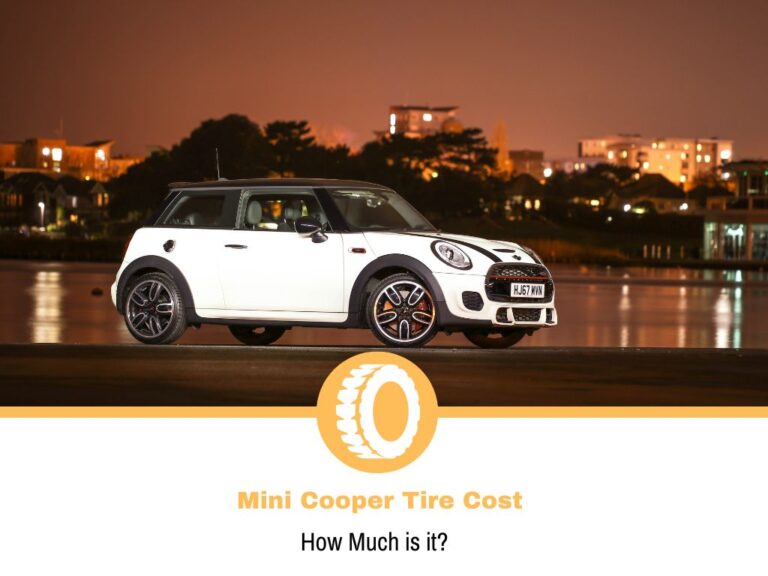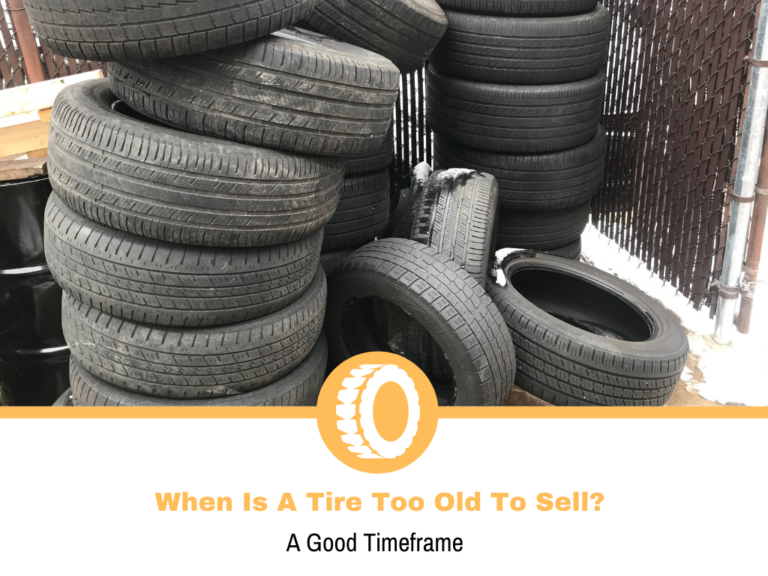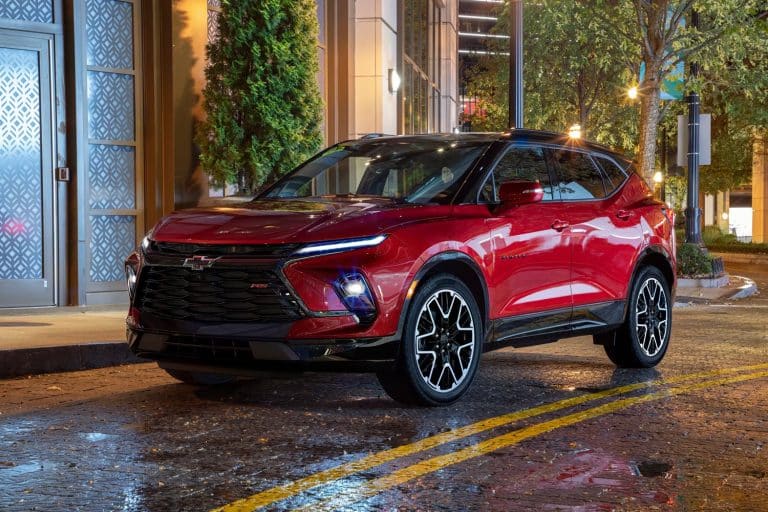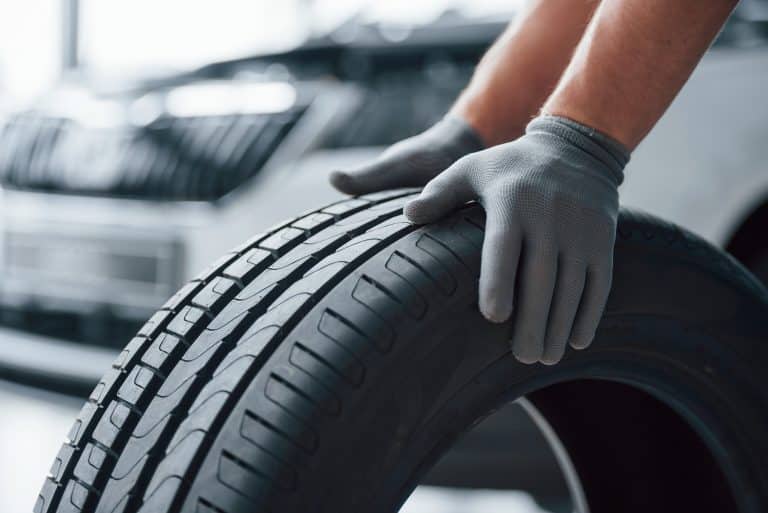Wheel Size Guide
If you’ve read some of my work, you probably know my opinion on how important tires are for a car. They play plenty of roles regarding performance and safety, so it’s not something you should ignore.
As much as I praise them, they would be useless without the wheels. They act as the link between the tire and the car and are directly related to the overall performance. I spoke about wheel damage so you can check that guide out to see how they can have an impact, especially on safety.
Unlike tires, wheels aren’t something you change every several years. If you care for them, they can last you the lifetime of the car without any problems. With that said, what if you want a new set? Or maybe they are damaged and want a replacement.
Non-car-people aren’t too versed in this area of the tires. To help them out, I have outlined everything they need to know in this guide, along with a few pointers.
What is wheel size?
Similar to tire size, when we talk about wheel size, we’re talking about the dimensions of the wheel. This is directly linked to the size of the tires, as well as the car setup, so you shouldn’t ignore it.
Whenever we talk about wheel size, most people assume the diameter of the wheel and be done with it. The rest of the markings play a massive role, so knowing what each one means is essential when getting a new set.
Most times, you will find two models from two different car manufacturers that will use the same dimensions. This makes things easier for us, but regardless of that, the chances of getting something wrong are there.
Where to find the wheel size for your vehicle?
With wheels, identifying the size is difficult, because it’s not as simple as with tires. While you can find the tire size on the sidewall which is easily visible, with wheels you need to take them off the car.
Manufacturers stamp the wheel size on the inner part, which is why you need to take them off. This is a complicated process, but it’s 100% positive that you’ll get the correct numbers.
The second option is to go for the user manual or check out online. Going for the manual is a good approach if you still have it, as long as you know which trim level and engine option you have.
Online services that offer this kind of information are easily available, so that’s also a good option.
With these two options, the problem is if the wheels aren’t the factory ones. This can affect the size of the tires if you’re planning on changing the wheels, but leave the same tires.
How to read wheel size?
If we’re looking at the wheel just for the dimensions, then there are only 3 elements that interest us. My 92 Corolla runs on 5jx13 wheels, so let’s dive in and see what’s what.
First, the number “5” determines the width of the rim, and in this case, it means that it’s 5 inches wide. The letter “J” is the tire bead profile and is common for a passenger car. Depending on the type of vehicle, there are other designations that can be read off the chart, but for passenger cars, all rims have a J bead profile. Next up is the “13,” with determines the diameter of the wheel.
Putting all of this together results in a 13-inch wheel with a J bead profile that is 5 inches wide, but that’s not the complete story. There are a few more elements for wheel information.
The entire stamp on the back of the wheels on my car says 5jx13 ET39. I already explained the first part, so let’s look at the second.
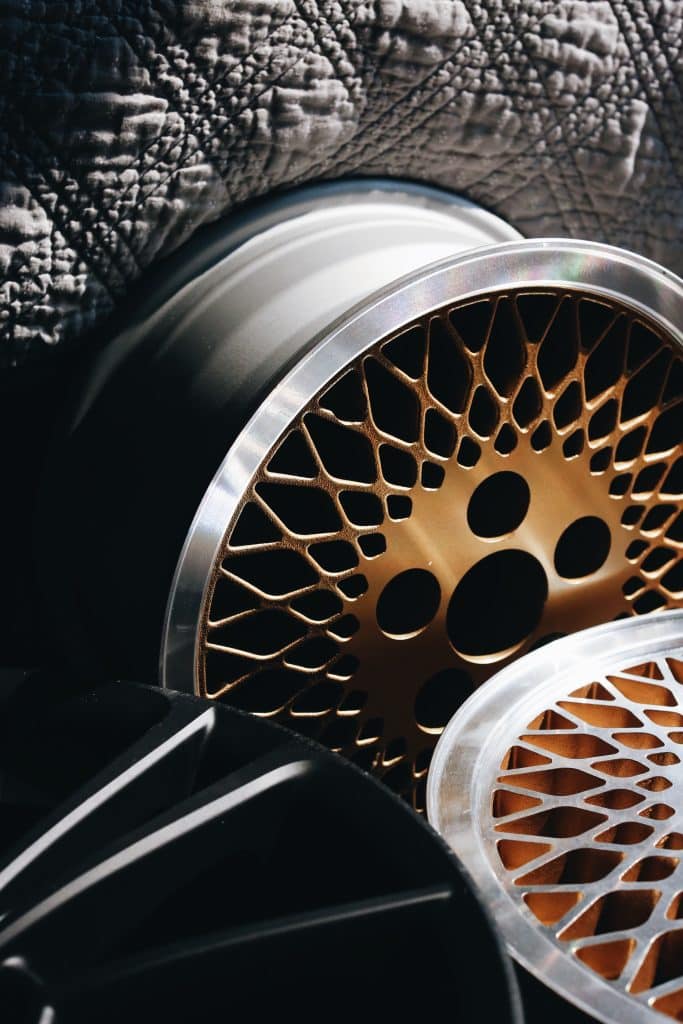
“ET” doesn’t stand for extra-terrestrial. Instead, it determines the offset of the wheel, which is the distance from the central point of the wheel to the mounting point on the inside. In my case, the offset is 39, meaning that the distance is 39 millimeters, and since it’s a positive number, the mounting point is outward. There are wheels with negative offset, meaning that the mounting point is inward. A negative offset will push the wheel outward, and you can find these wheels in show cars, mostly.
What is the additional information for wheel size? Technically, these aren’t sizes per se, but it’s still an important piece of information. As part of the wheel size is the center bore, which is the big hole in the center of the wheel. It’s designed to be a tight fit for the hub, meaning that it’s something you should pay attention to as well because sometimes you’ll need to dig in the technical details to find it. The unit is in millimeters, and the one I have is 54.1.
Finally, we have the PCD or Pitch Circle Diameter, often called bolt pattern. This determines the number of bolts and the distance between them. Manufacturers use different setups depending on how the car is designed, and while today’s standard is 5 or 6 lugs or bolts, there were times with only 3. Reverting to my Corolla, the PCD is 4×100, meaning that the wheel has 4 bolts, and if you draw a circle using those points, you will get one with a diameter of 100 millimeters. I have an in-depth guide on bolt patterns, so check it out to learn more.
How important is it to get the wheel size correct?
This is the most important aspect because it can affect the overall setup. The first problem is the size of the tires, so getting narrower wheels than the tires, they won’t sit right. It’s the same situation the other way around, something that people with show cars call “stretched tires”. They may look cool, but it’s not something you should practice for daily driving scenarios.
For the offset, things can get even worse. A more negative offset will cause the wheels to go outward and, depending on the car, you may notice the fenders rubbing on the tires. Going for a positive offset pushes the tires inward, and can cause a problem with the front wheels on full steering lock. There is a possibility that the inner part of the tires will rub on the suspension or wheel well liner.
These are only two of the several aspects that you need to pay attention to when getting a new set of wheels. This is if you want to keep things as they are and not make any modifications. If you do, I have a complete guide about how you can make modifications to your wheel size without making any mistakes and keeping your car running as smooth as possible.
Conclusion
Whenever we need to get something new for our cars, it’s essential to keep them as close to or as stock as possible. With that in mind, you can make changes, but you must ensure that whatever you’re getting, doesn’t impede how your car operates.
Wheels are essential to a car’s performance, as they act as the link between the car’s components and the tires. Keeping everything in “sync” it’s important for the best possible performance and the longest-lasting vehicle.
